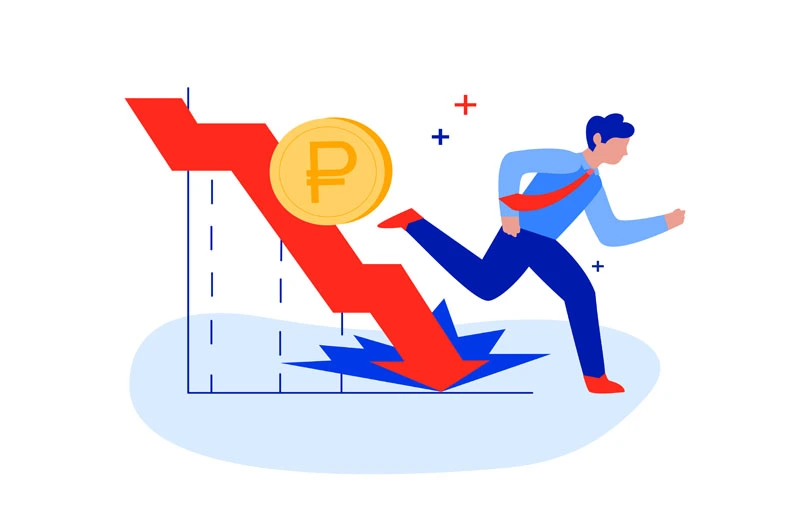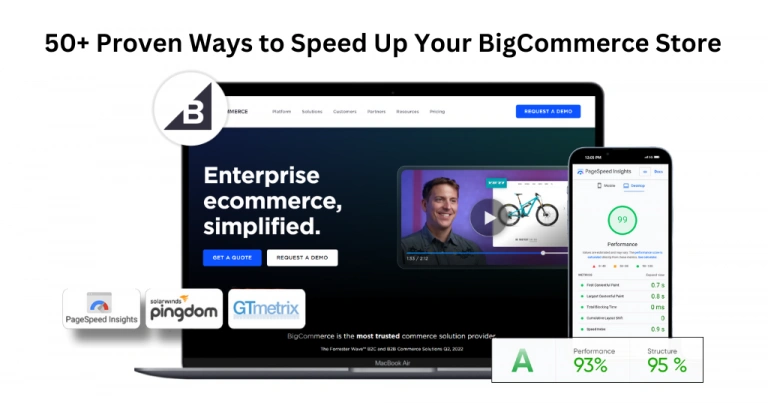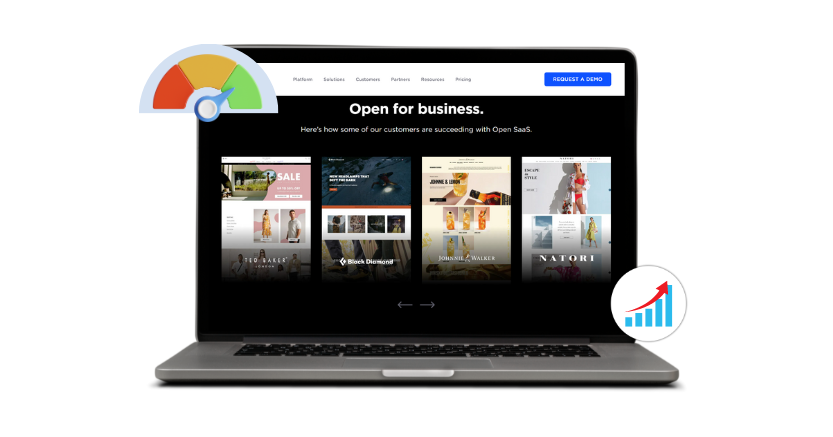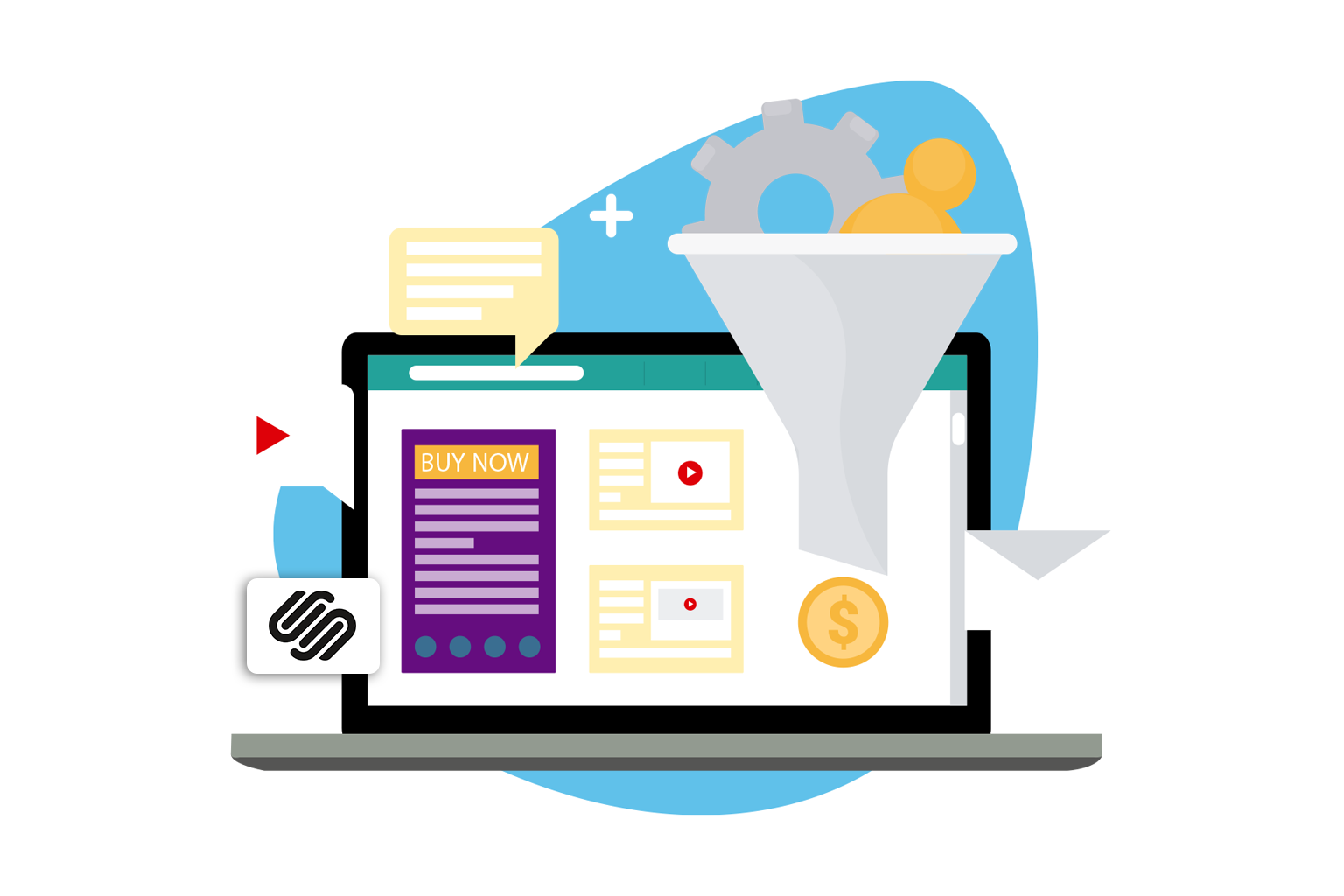When it comes to understanding the customer experience, one of the most important metrics to consider is the customer bounce rate. A customer bounce rate is the percentage of visitors to your website who leave without viewing any other pages. A high bounce rate can indicate a poor customer experience, and it is essential to track and understand how your website affects customers to improve customer retention. In this article, we’ll explore the psychology behind customer bounce rates, what website speed has to do with it, and how to improve page load speed. We’ll also discuss the importance of page speed for customer retention.
The Psychology of Customer Bounce Rates
Understanding the psychology behind customer bounce rates starts with understanding the role of website speed. It’s no secret that website speed plays an important role in retaining customers. Visitors may become impatient and leave without even exploring the content if a website takes too long to load. This can lead to a high bounce rate, which can harm your business.
When customers visit your website, they form an opinion of it within the first few seconds. For instance, if the page takes too long to load, the customer may become frustrated and leave without viewing other pages. This is an example of a customer bounce rate.
Studies have shown that page speed significantly impacts customer bounce rates. For example, according to the study conducted by our experts, the average page load time for a website is 8.66 seconds, and a page that takes longer than 3 seconds to load is likely to experience a high bounce rate.
Furthermore, page speed also plays a role in how satisfied customers are with their experience on your website. A study by Google found that 53% of customers leave a website if it takes longer than 3 seconds to load. This can lead to a decrease in conversions and sales since customers are not sticking around long enough to purchase a product or service. That’s where the need to improve website loading speed comes in.
The Importance of Page Speed for Customer Retention
When it comes to customer retention, page speed is critical. Studies have shown that page speed can significantly impact user experience and conversion rates. For example, a recent study conducted by Google found that if a page took less than two seconds to load, it resulted in a 25% increase in conversions. Similarly, if a page took more than five seconds to load, the conversion rate dropped by 25%. These results show how important page speed is for customer retention. If your website takes too long to load, customers are more likely to become frustrated and leave without taking any action.

Want to read this blog offline?
No worries, download the PDF version
now and enjoy your reading later…
 Download PDF
Download PDF Crucial Factors that affect your Website Speed
When it comes to website speed, there are several factors that can have a direct impact on consumer behaviour. A website’s speed is integral to providing an enjoyable user experience, as it plays an important role in how quickly a user can access and navigate a website. To ensure a website loads quickly and efficiently, it is important to understand and consider the factors that influence website speed.
Render blocking
One factor that has a significant impact on website speed is render blocking. Render blocking occurs when a website’s HTML and CSS files render before the JavaScript files, causing the page to take longer to load. This can cause a lag in the user experience, as the user has to wait for the JavaScript files to render before they can access the website. To reduce render blocking, it is important to use asynchronous loading of JavaScript files and minify code to reduce the amount of resources required to render the HTML and CSS.
Lazy loading
Another factor that can affect website speed is lazy loading. Lazy loading is a performance optimization technique in which the content is only loaded when the user accesses the page. This can help reduce the amount of resources needed to render the website, resulting in a faster loading experience. Lazy loading can also help to reduce server load and improve overall website performance.
Core web vitals
The core web vitals are another important factor to consider when optimizing website speed. Core web vitals are a set of metrics that measure the page experience and performance of a website. These metrics include page speed, interactivity, and visual stability. Improving core web vitals can help to ensure a website loads quickly and efficiently, resulting in an enjoyable user experience.
Ride the Fast Lane to Online Prosperity. Get Started with Optimized Website!
Speed Up Website NowImprove Your Page Speed Loading Times With Speedy Tool
Fortunately, there’s now a website diagnostic tool that can help you implement all of these tips easily and effectively in an automated way. Our Website Speedy Tool is designed to optimize and easily boost website speed. We provide an automated script that scans and looks for any render-blocking elements on your website and rearranges them to ensure a faster website DOM. We also optimize images and other assets on your website to rapidly increase loading speeds on mobile and desktops.
Website Speedy is the perfect tool to help you improve website speed, optimize images and assets, and improve Core Web Vitals scores. With our easy-to-use and automated script, you can enjoy improved website speed without the hassle. And with our automated monthly reports, you can track your progress and always optimize your website for optimal performance. By implementing the tips outlined above and using Website Speedy, you can take your website performance to the next level. Improve website speed, reduce bounce rates, and get a better customer experience with Website Speedy.
March 17, 2023
Leave a Comment
















































